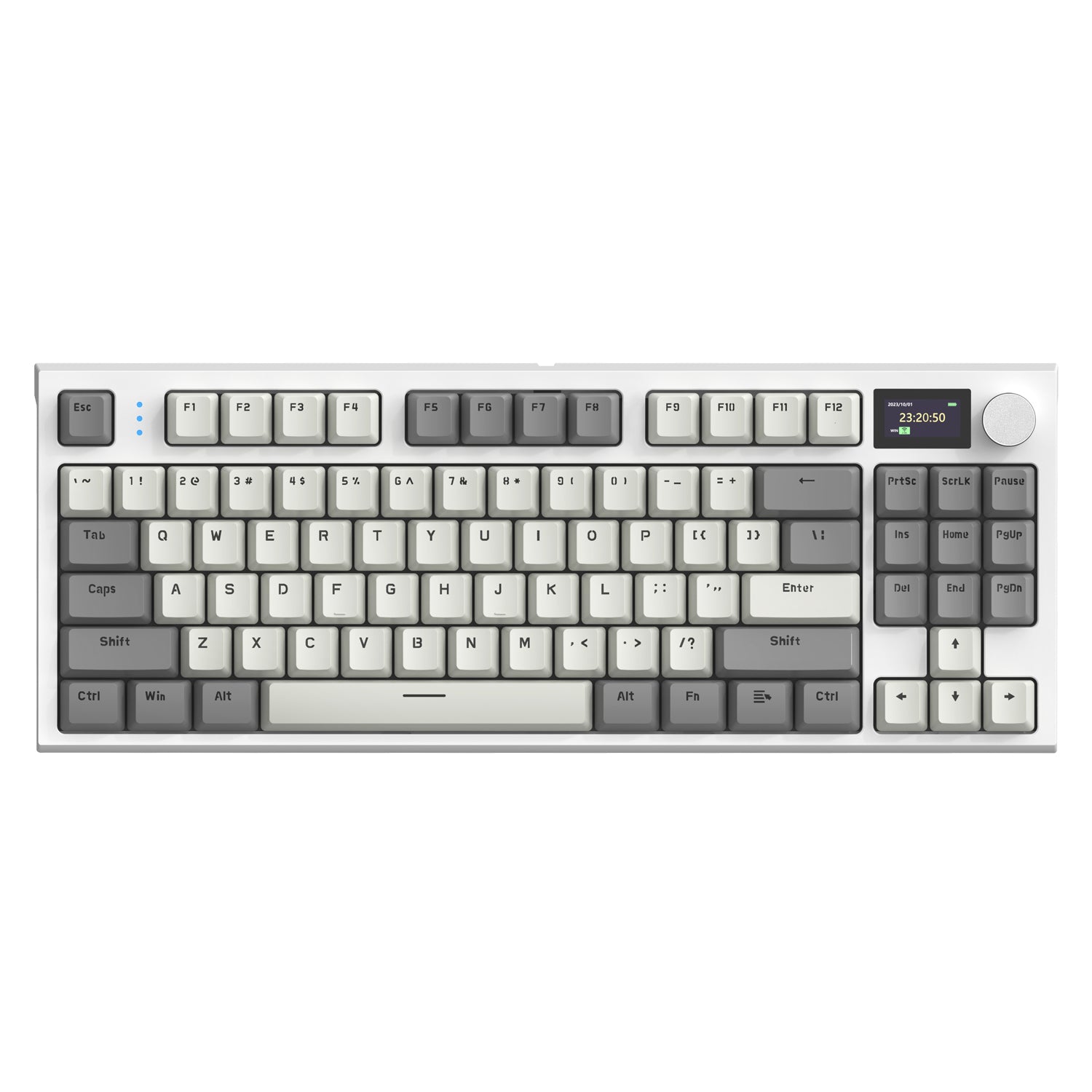Unlock the Secrets of Mechanical Keyboards: Why Everyone is Talking About Them!
In recent years, mechanical keyboards have surged in popularity, captivating the hearts of gamers, programmers, and casual users alike. What sets mechanical keyboards apart from their traditional counterparts is their unique design and the tactile experience they provide. Unlike membrane keyboards, which rely on a pressure pad system, mechanical keyboards utilize individual mechanical switches for each key, allowing for a more responsive and satisfying typing experience. In this article, we'll delve into the world of mechanical keyboards, exploring what they are, their standout features, and the reasons behind their growing popularity. Whether you're a seasoned enthusiast or just curious about what the buzz is all about, we have you covered.

What are Mechanical Keyboards?
Mechanical keyboards are a distinct type of keyboard that employs individual mechanical switches for each key. This design is a significant departure from the more common membrane keyboards, which typically consist of a flat surface with pressure pads underneath. The mechanics behind mechanical keyboards involve a spring mechanism within each switch that provides tactile feedback when pressed. This tactile response allows users to feel a distinct "click" or resistance, enhancing the overall typing experience. Many users appreciate the precision and reliability of mechanical keyboards, particularly in high-stakes environments like gaming or programming, where every keystroke matters. This design not only improves typing speed but also minimizes the risk of errors, making mechanical keyboards a favorite among typists and gamers alike.
Features of Mechanical Keyboards
One of the most attractive aspects of mechanical keyboards is their array of features that cater to a wide variety of user preferences. Firstly, durability is a standout feature; mechanical keyboards can withstand millions of keystrokes, often outlasting traditional keyboards by years. Additionally, customizability allows users to change keycaps, adjust lighting, and even program keys to suit their individual needs. Another important feature is the diversity of key switch options available, each providing a unique feel and sound. Users can choose from silent switches for a quieter experience or clicky switches that give satisfying auditory feedback. Moreover, many mechanical keyboards come with customizable sound profiles, enabling users to select a keyboard that not only feels great but sounds great too, enhancing their overall typing experience.
Types of Key Switches
Mechanical key switches are categorized into three main types: tactile, linear, and clicky. Tactile switches provide a noticeable bump at the actuation point, making them ideal for typists who appreciate feedback without excessive noise. Linear switches, on the other hand, offer a smooth keystroke without any tactile bump, making them popular among gamers who prefer rapid key presses. Clicky switches combine both tactile feedback and an audible click, appealing to users who enjoy the classic sound of typing. Each switch type comes with its own set of pros and cons, meaning that the best choice ultimately depends on individual preferences and usage scenarios. For instance, while linear switches may be preferred for gaming due to their rapid actuation, tactile switches might better serve those who type extensively.
Why Are Mechanical Keyboards So Popular?
The popularity of mechanical keyboards can be attributed to a growing trend among gamers, typists, and tech enthusiasts who are increasingly seeking better performance and customization. The gaming community, in particular, has embraced mechanical keyboards for their responsiveness and durability, which can provide a competitive edge in fast-paced environments. Moreover, the rise of online culture and communities dedicated to mechanical keyboards has fostered a sense of camaraderie among users. Forums, subreddits, and social media platforms are filled with enthusiasts sharing their builds, modifications, and experiences, creating a vibrant culture around these devices. Additionally, as more people work from home, the comfort and satisfaction of typing on a mechanical keyboard have become appealing for long hours of use, contributing to their popularity.
Considerations When Choosing a Mechanical Keyboard
Choosing the right mechanical keyboard can be a daunting task given the plethora of options available. To start, consider the size of the keyboard; options range from full-sized keyboards with a number pad to compact models that save desk space. Next, think about the type of key switch that suits your typing style best—whether you prefer tactile feedback, a smooth actuation, or an audible click. Additional features, such as customizable RGB lighting and programmability, can enhance your experience further. If you’re a gamer, you might prioritize features like anti-ghosting and customizable macros. Ultimately, selecting the right mechanical keyboard should align with your personal usage patterns and aesthetic preferences to ensure you get the most out of your investment.
Final Thoughts on Mechanical Keyboards
In summary, mechanical keyboards offer a unique blend of performance, durability, and customization that appeals to a wide range of users. Their distinct design and functionality set them apart from traditional keyboards, making them a worthwhile investment for anyone looking to enhance their typing experience. With various features and types of key switches available, there is a mechanical keyboard for every preference and need. As you consider your own typing habits and preferences, think about the advantages that a mechanical keyboard can bring to your daily activities. Whether for work, gaming, or casual use, switching to a mechanical keyboard might just be the upgrade you’ve been looking for.



